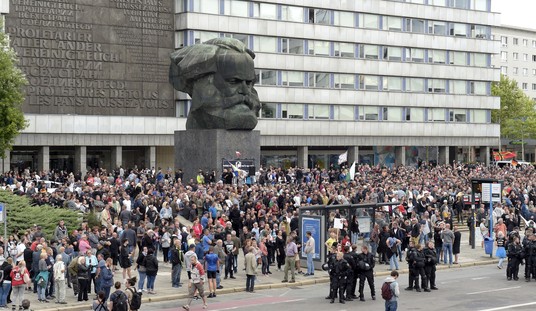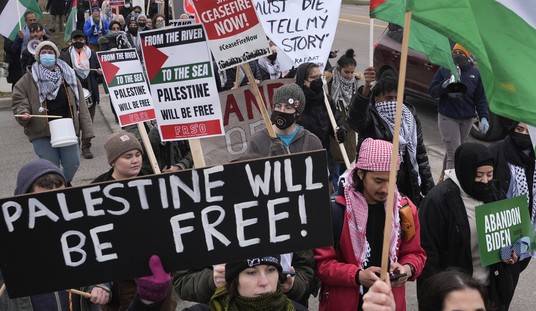Having written recent commentaries favoring streetcars and light rail and objecting to the Bush Administration's push for so-called Bus Rapid Transit, I have received email asking just what is wrong with Bus Rapid Transit anyway, especially since conservative and libertarian think tanks such as the Reason Foundation and the CATO Institute are all for it. My correspondents are correct. I owe my readers an explanation as to why I am against Bus Rapid Transit.
Let me count the reasons. First, as I have mentioned before, riders much prefer rail to buses when given a choice. If the object of transit is to get drivers to leave their cars at home, then rail is by far the better way to go. Second, rail attracts investment. I have cited Portland's multibillion stipulated investment but even in the smaller city of Kenosha, Wisconsin the single two-mile-long streetcar line has attracted a remarkable amount of investment and when a second line will go from downtown to uptown development will be yet more pronounced. There is no example anywhere of Bus Rapid Transit's attracting development. Riders know that a bus route can be changed overnight. Rail has a far greater permanence to it.
Streetcars are primarily neighborhood circulators. They stop every couple of blocks to bring people where they want to go. Bus Rapid Transit is more like light rail. Much of it has its own private right away. Some lines have high-level platforms like rail so passengers use fare machines and need not spend time paying the fare aboard the bus. Streetcars are not designed for speed yet the Federal Transit Administration (FTA) justifies funding bus rapid transit because it is faster. That alone shows FTA prejudice.
Recommended
I mentioned that rail is more expensive to build but cheaper to operate. However, the highly respected transit consultant, Ed Tennyson, who served as Director of the Pennsylvania Department of Transportation some years ago, contends that rail does not have to be more expensive to build.
In any case, the two biggest costs in running a transit operation are labor and fuel. Of late rail has been carrying large passenger loads not seen since World War II. I have not seen data suggesting that Bus Rapid Transit lines have broken any record. Let us, for the sake of argument, stipulate that a light rail line and a Bus Rapid Transit line will each carry 70,000 passengers per day. Now many light rail lines operate as many as four articulated rail cars together as one train. To equal the number of passengers carried, the bus system would need to operate between six and eight vehicles. That four-car train can operate with a single motorman whereas each bus must have a driver. So we are talking about a ratio of six or eight to one. That bus system gets mighty expensive. We know what diesel fuel costs these days. Some newer buses are powered by natural gas, which is still very expensive. Yes, the cost of electricity has gone up some but not nearly as much as diesel or natural-gas fuel.
Those concerned about the environment must know that buses are hardly helpful in reducing greenhouse gases. Modern electric plants produce little pollution. Nuclear plans supply 20% of our energy. They produce no pollution of the kind which concerns us at all.
Then there is the matter of speed. Both buses and rail cars can run at the same top speed. But the acceleration and deceleration rate of a rail car or train is much faster than that of a bus. That is why rail systems can maintain better schedules than buses. And there is the question of replacements. Buses don't last for more than 15 years, with overhauls maybe 20. Electric rail cars, on the other hand, if well maintained can operate indefinitely. The SEPTA Red Arrow Division operated streetcars and interurban cars that were some 60 to 70 years old before they finally were replaced. Ever come across a 70-year-old bus in regular service? Boston, Philadelphia, Kenosha and San Francisco operate PCC streetcars from the 1940s and 1950s seven days a week. Those are modern quiet streetcars developed by the President's Conference Committee in the 1930s to attempt to stave off competition from automobiles and buses. They will be able to operate for at least another 15 years.
One only can hope that the new Administration in 2009 will have a more enlightened view toward rail transit. Some 30 cities are serious about wanting streetcars and another 10 light rail systems will be built if the Federal Transit Administration is fair in how it evaluates what is best for a community.

























Join the conversation as a VIP Member